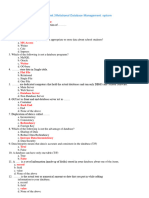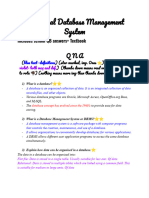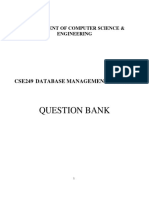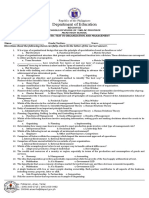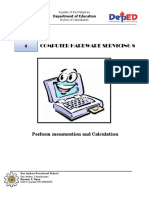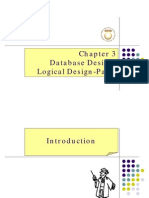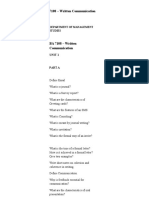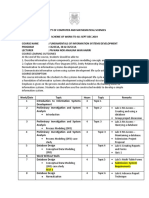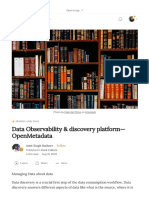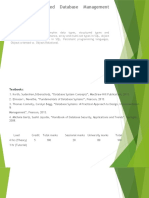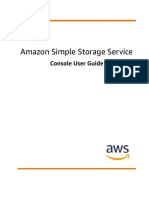0% found this document useful (0 votes)
25 views3 pagesDbms Notes
The document provides an introduction to Database Management Systems (DBMS) and Relational Database Management Systems (RDBMS), highlighting their definitions and differences. It explains key concepts such as tuples, attributes, primary keys, composite keys, and various database objects like tables, forms, queries, and reports. Additionally, it outlines four advantages of RDBMS, including data integrity and the ability to run queries across multiple tables.
Uploaded by
lakshmipavanipriyankaCopyright
© © All Rights Reserved
We take content rights seriously. If you suspect this is your content, claim it here.
Available Formats
Download as DOCX, PDF, TXT or read online on Scribd
0% found this document useful (0 votes)
25 views3 pagesDbms Notes
The document provides an introduction to Database Management Systems (DBMS) and Relational Database Management Systems (RDBMS), highlighting their definitions and differences. It explains key concepts such as tuples, attributes, primary keys, composite keys, and various database objects like tables, forms, queries, and reports. Additionally, it outlines four advantages of RDBMS, including data integrity and the ability to run queries across multiple tables.
Uploaded by
lakshmipavanipriyankaCopyright
© © All Rights Reserved
We take content rights seriously. If you suspect this is your content, claim it here.
Available Formats
Download as DOCX, PDF, TXT or read online on Scribd
/ 3

